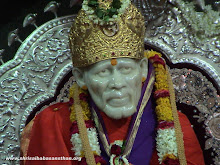 NAME: Dr. Avul Pakir Jainulabdeen Abdul Kalam
NAME: Dr. Avul Pakir Jainulabdeen Abdul KalamBORN: October 15, 1931
PRESIDENCY: July 25, 2002 to July 25, 2007
One of the most distinguished scientists of India , Abdul Kalam is known as the Missile Man of India. He was born at Rameswaram, in Tamil Nadu, and studied Aeronautical Engineering at the Madras Institute of Technology. Kalam developed India`s first Satellite Launch Vehicle. He also developed and enabled operationalisation of Agni and Prithvi missiles. It was largely because of his efforts that India became a nuclear weapons` country. Befittingly, he has been bestowed with all the three civilian honours of the Nation. The 11th Prez is also credited with many firsts to his credit. He is the first President to be awarded the Bharat Ratna before he occupied Rashtrapati Bhavan, the first scientist to become the President and the first bachelor to be elected to the highest office of the land. He created history by flying the Sukhoi 30










